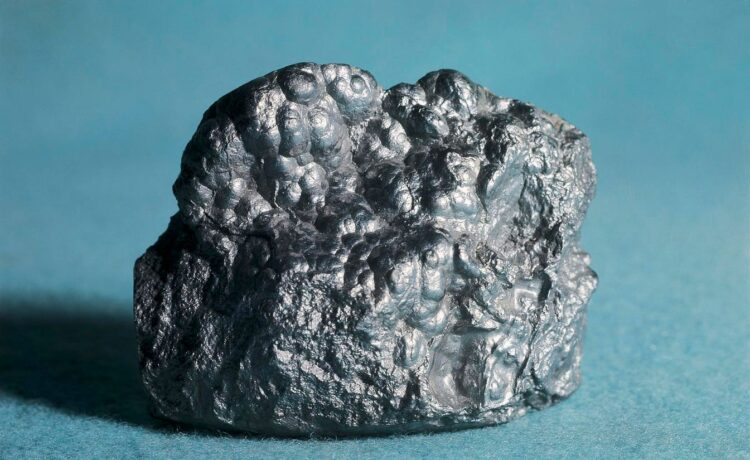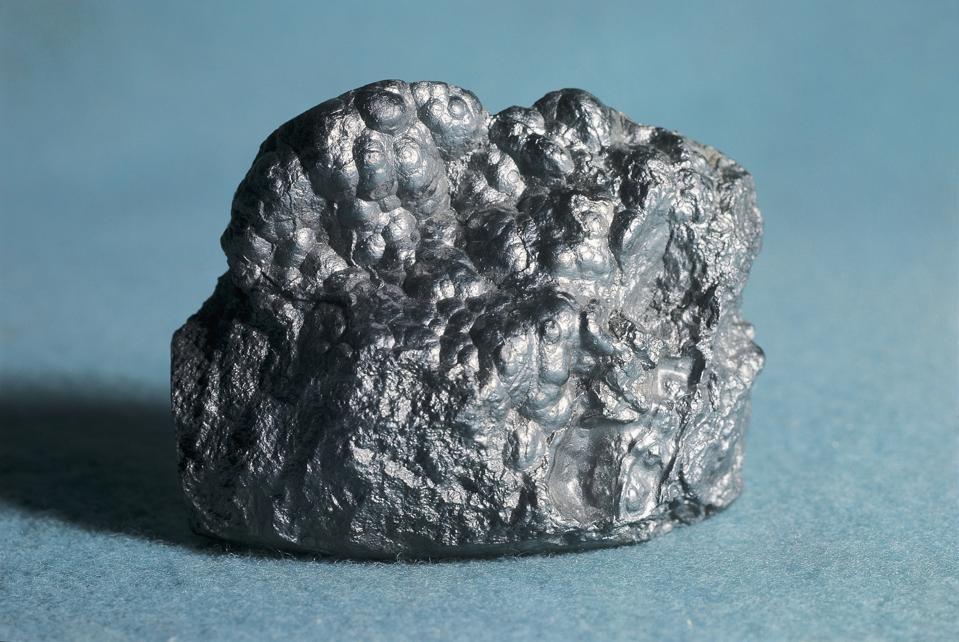Photo by DEA / C.BEVILACQUA/De Agostini via Getty Images
De Agostini via Getty Images
Critical Metals stock (NASDAQ: CRML) has dramatically increased by nearly 65% over the last five trading days, fueled by reports of potential U.S. government involvement alongside significant funding developments. The company is engaged in mining exploration and development, concentrating on sourcing lithium and rare earth elements, which are vital materials utilized in electric vehicles, consumer electronics, and renewable energy systems. Its two primary assets are the Tanbreez rare earth deposit in Greenland, one of the largest globally, and the Wolfsberg lithium project in Austria, recognized as the first fully permitted lithium mine in Europe. Let’s take a closer look at the factors boosting the stock price.
As always, investing in a single company’s stock carries inherent risks. Consider the Trefis Reinforced Value (RV) Portfolio, which has consistently outperformed its all-cap benchmark (a mix of the S&P 500, S&P MidCap, and Russell 2000) to deliver strong returns for its investors. The quarterly rebalanced aggregation of large-, mid-, and small-cap RV Portfolio stocks presents a flexible strategy to capitalize on bullish markets while diminishing drawdowns, as demonstrated in RV Portfolio performance metrics.
What’s Fueling the Rally?
The rally followed reports that the Trump administration is negotiating to acquire an equity stake in Critical Metals to enhance U.S. access to strategic minerals. These discussions reportedly originated from the $50 million Defense Production Act grant application the company submitted in June. In recent weeks, the administration has been considering converting that grant into an approximately 8% equity stake. Additionally, there are reports of a potential $120 million Export-Import Bank loan aimed at funding Tanbreez, which requires around $290 million to commence production. Concurrently, the company has secured $35 million in private funding, which has likely bolstered sentiment surrounding the viability of the project.
Rare earth elements have emerged as a crucial geopolitical asset, as Western nations strive to lessen their dependence on China, which presently dominates nearly 90% of global rare earth processing. Following strict U.S. tariffs on Chinese goods in April, Beijing implemented an export-control system for rare earths. By May, China’s rare earth magnet exports had plummeted 74% year-over-year, with shipments to the U.S. reportedly plunging 93%.
Even with limited trade de-escalation, Western companies continue to encounter supply constraints and regulatory delays in China. Given this context, the U.S. government has become more proactive in backing domestic and allied mineral projects, investing in firms such as Lithium Americas and MP Materials. For Critical Metals, government support could be transformative, as it not only enhances access to funding but also diminishes project risk and improves credibility with institutional investors.
What Are the Risks?
For the fiscal year ending June 30, 2025, the company reported revenue of $560,620, reflecting a 326% increase year-over-year; however, it remains pre-revenue from mining operations and continues to incur net losses. With a market capitalization of approximately $1 billion, Critical Metals is trading like a speculative small-cap growth stock, where sentiment and policy can lead to significant price fluctuations. Despite the recent favorable narrative, execution, financing, and geopolitical risks continue to pose challenges.
The company currently has no production and is pursuing key projects in remote and climatically challenging areas, relying heavily on government and investor funding to progress. Any delays, shifts in policy, or breakdowns in negotiations with the government could swiftly negate recent gains. Investors should also be aware of the stock’s low liquidity and volatility, which can exacerbate price movements.
Nonetheless, if you are looking for potential upside with less volatility compared to investing in an individual stock like CRML, consider the High Quality Portfolio. It has significantly outperformed its benchmark—a combination of the S&P 500, Russell, and S&P MidCap indexes—and has realized returns exceeding 91% since its inception. Why is this the case? As a group, HQ Portfolio stocks have provided superior returns with less risk compared to the benchmark index; delivering a smoother ride, as evident in HQ Portfolio performance metrics.



